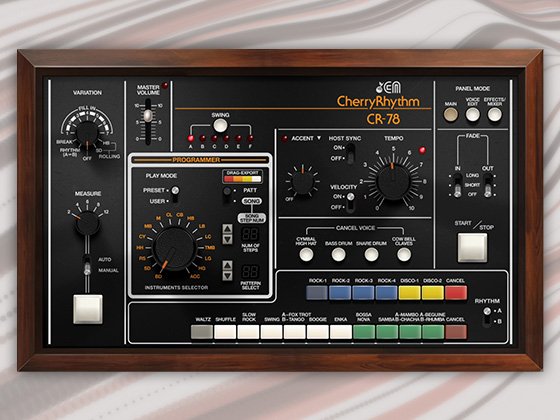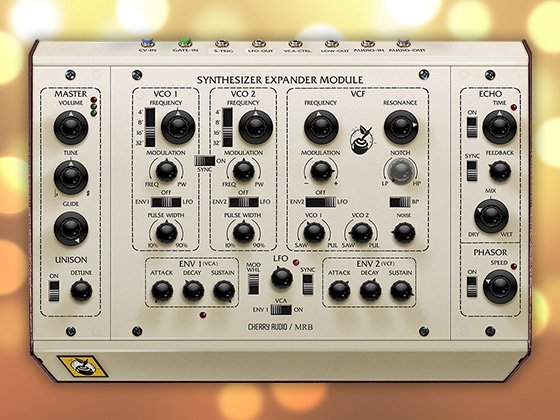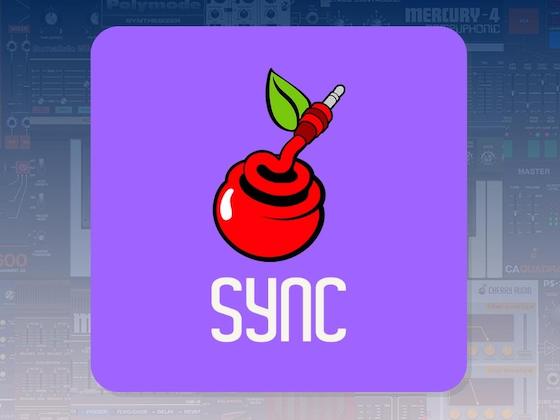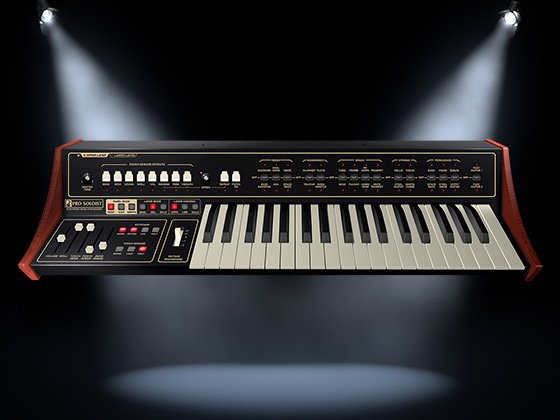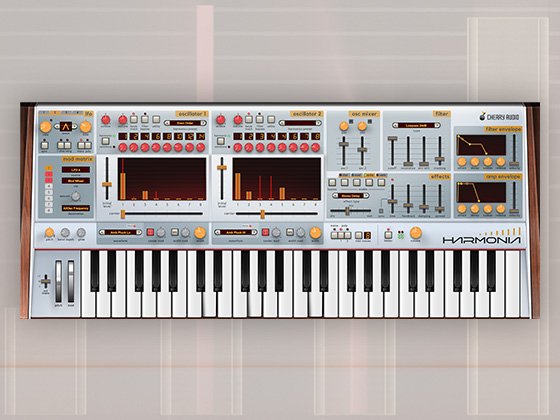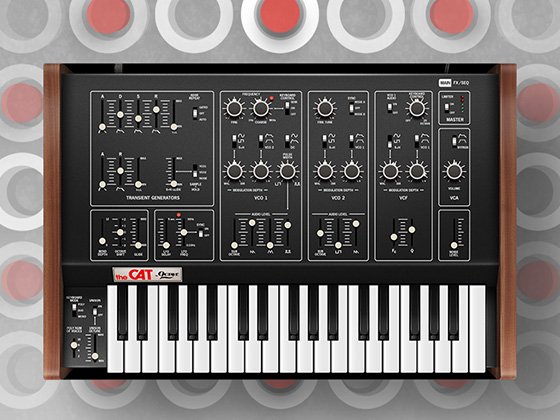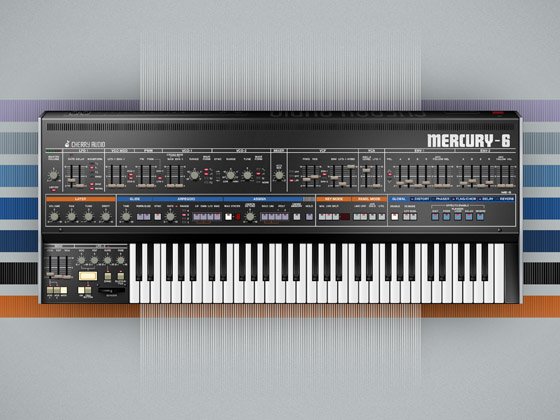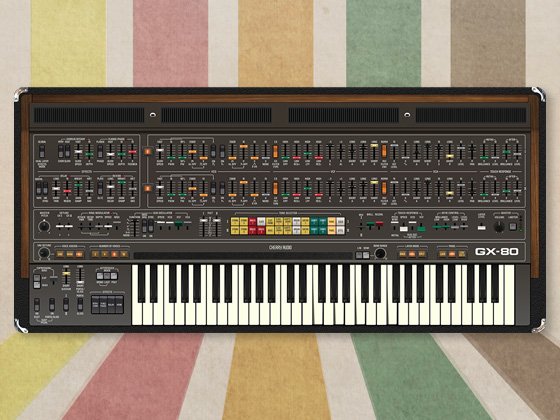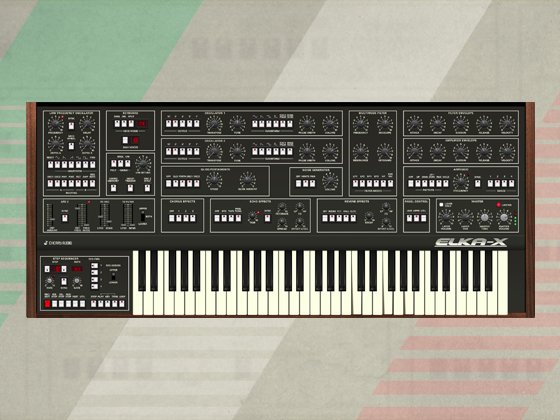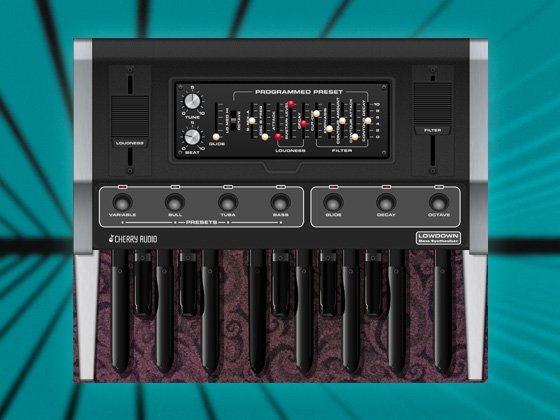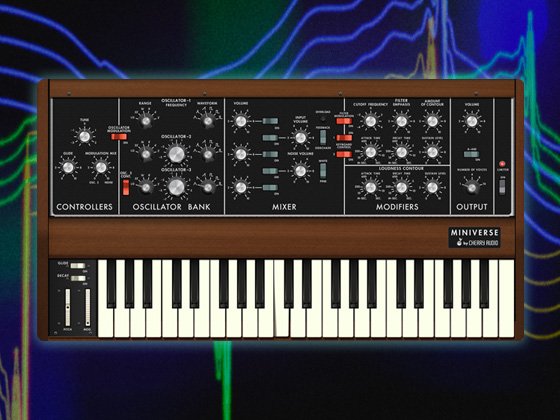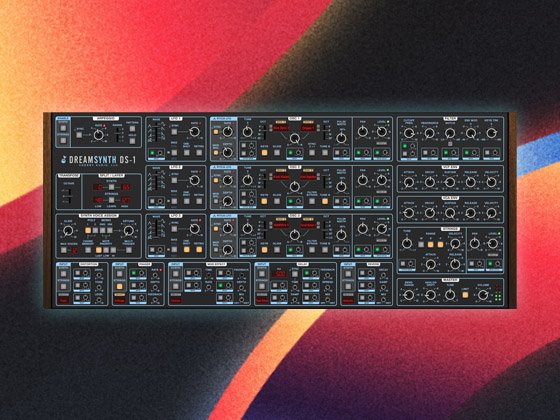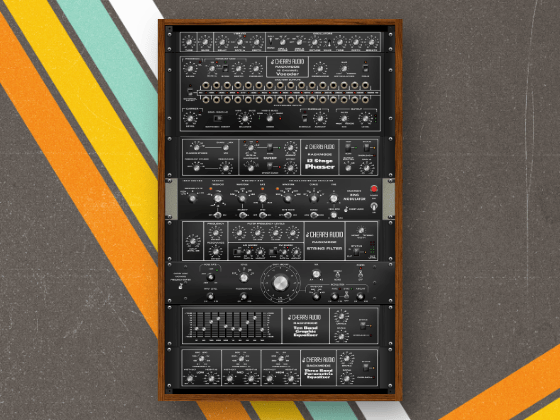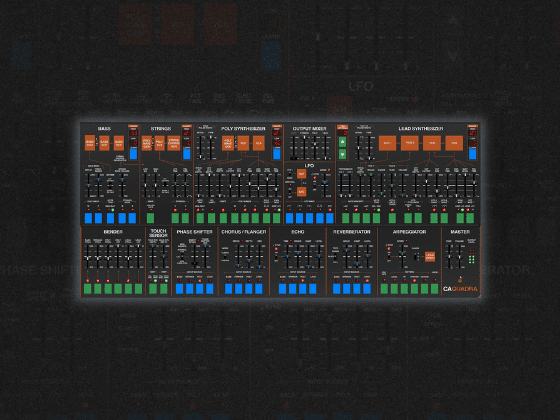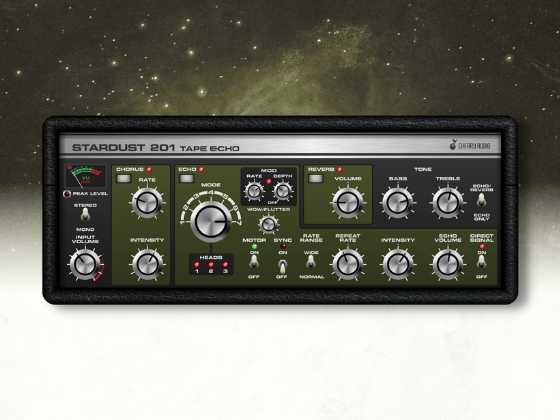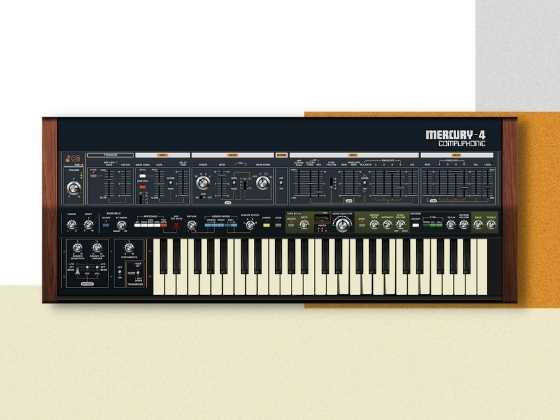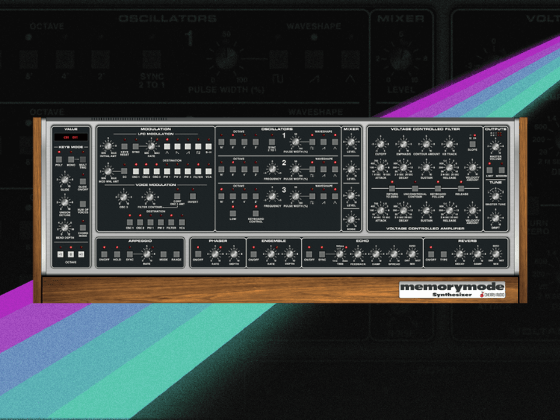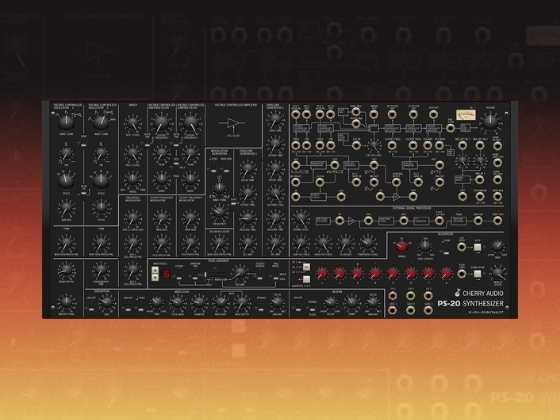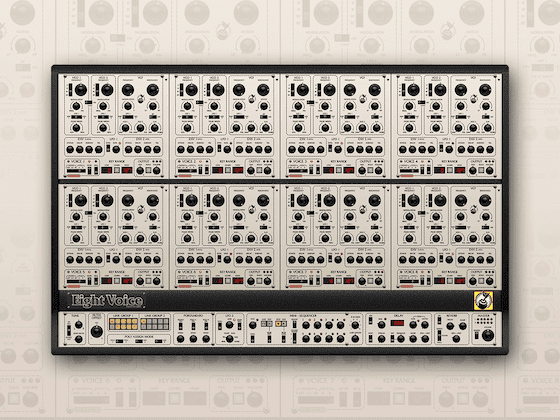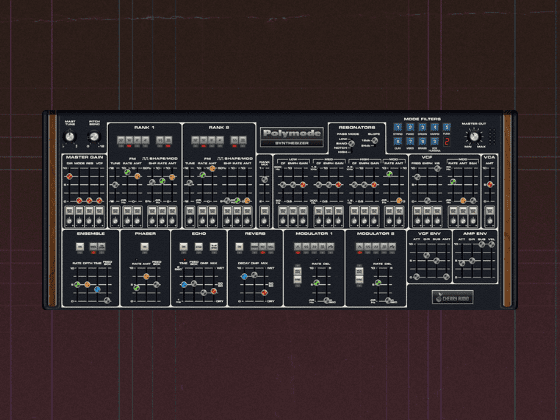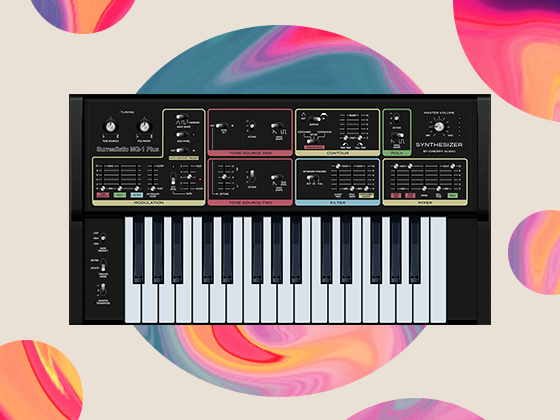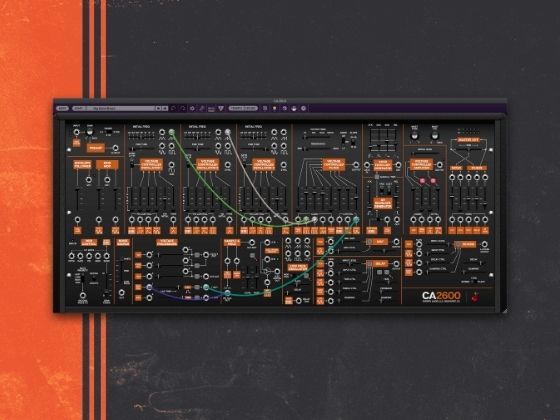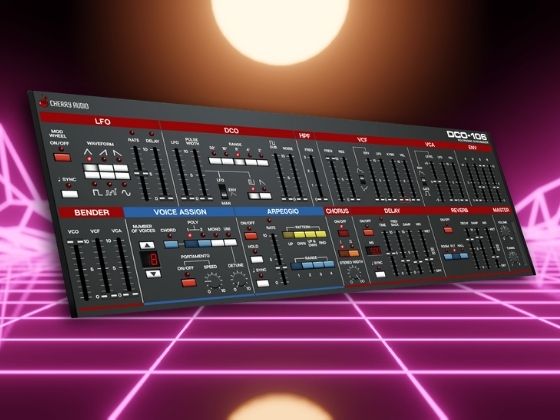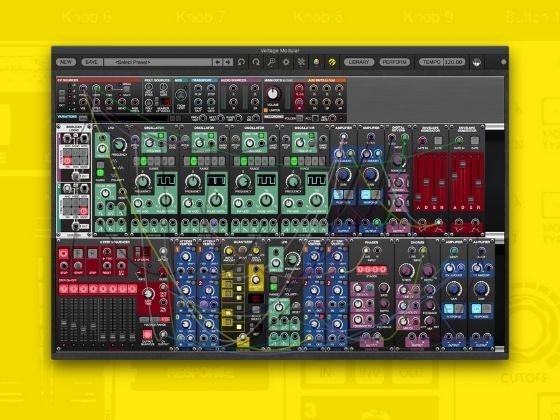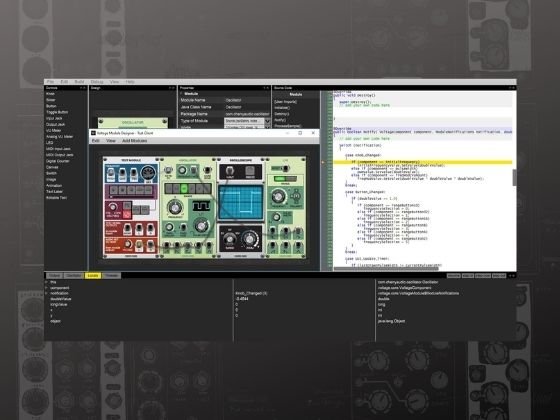$3.00
Who doesn't want to play a sample in response to a trigger?
Load a sample (in WAV, MP3, AIFF or OGG format) by clicking on the LOAD button or by dragging and dropping a file on to the module.
Play the sample by sending a trigger to the socket at the top or by clicking on the play button.
Use the VOLUME knob to adjust the volume.
Use the PAN knob to pan a mono sample between the L and R outputs or to adjust the balance if the sample file is stereo.
The VOLUME and PAN knobs let you patch several Hit modules together without the need for a mixer.
A neat twist is being able to reverse the sample by just clicking on the REVERSE button. This is great for creating risers. Load something like a cymbal sound, engage the REVERSE button and you get that fantastic whooshing sound that ends abruptly.
But the key thing about a riser is getting the timing right (whether you use the REVERSE function or not). In a DAW you can slide the sample left and right on the timeline so that it ends on the beginning of the next beat but you can't do that so easily in a standalone modular. So that's why there's a DELAY knob.
To line up the end of the sample with the beginning of the next beat, set the DELAY to zero and trigger the module with a sequencer some way in advance so that the sample ends too early, then turn up the DELAY knob until the sample ends at exactly the right time.
Tip: As you approach the correct timing you can hold down the CTRL (or ⌘) key while adjusting the DELAY knob in order to get really precise control.
The maximum delay is 10 seconds. An LED next to the DELAY knob illuminates during the delay countdown.
If the module is retriggered while it's playing back a sample it will restart play from the beginning of the sample BUT if the module is retriggered while it's still counting down a delay then the trigger is ignored. This might seem counter-intuitive but it avoids the confusing situation where repeated triggering at a faster rate than the delay causes the module to go completely silent.
Another great application for the delay feature is using several Hit modules wired in parallel with different delay settings. Then one trigger can cause a string of samples to play creating rapid ratcheting, stereo/ping pong delay and drum flam like effects.
Once loaded the sample is stored in the Voltage Modular preset file so you don't need to worry about whether the original file has been moved or deleted.
Although the name "Hit" implies that the module is just for short samples it can handle sample files of any length so there's no reason why you can't use it to play long recordings, for instance a backing track that you play live over.


























